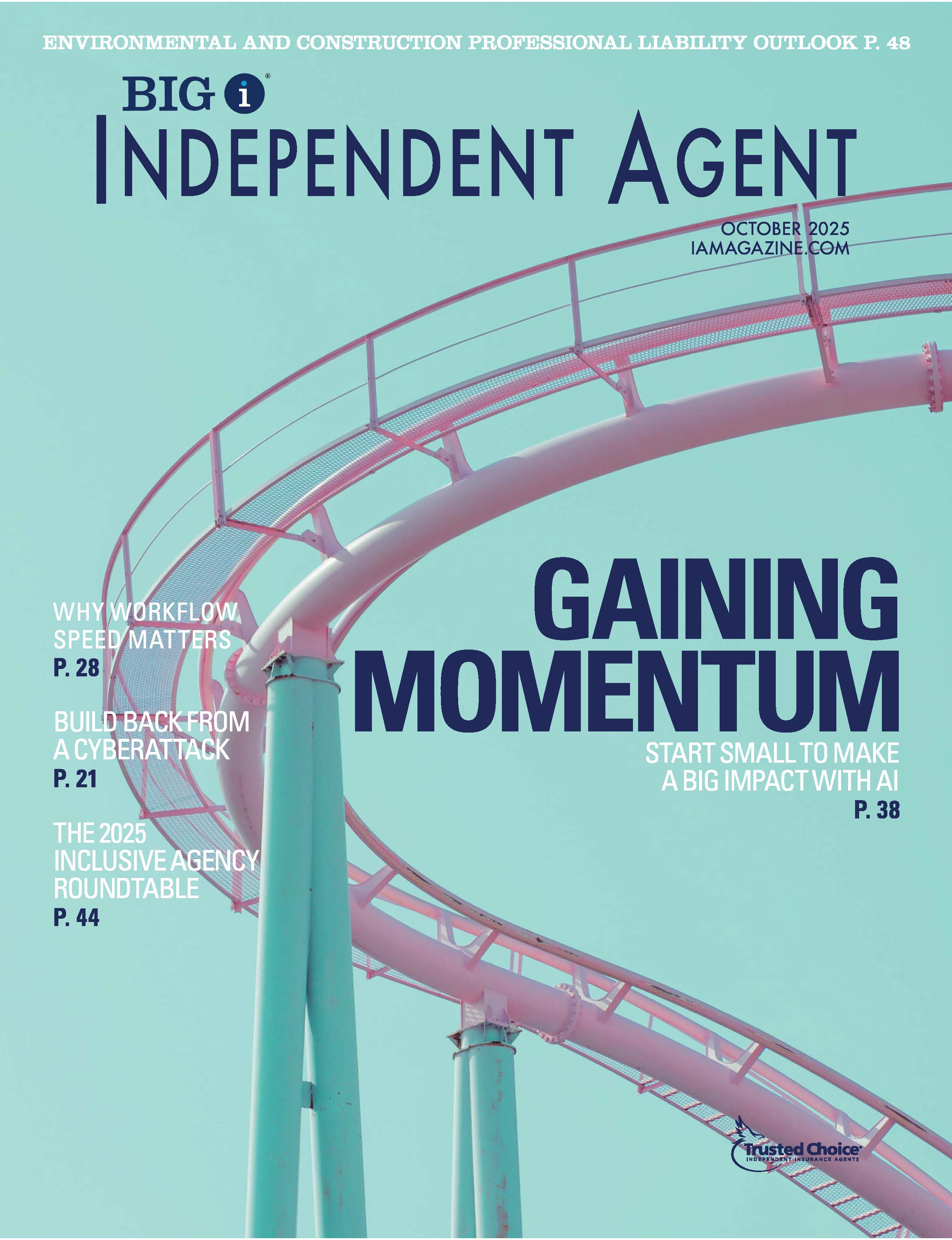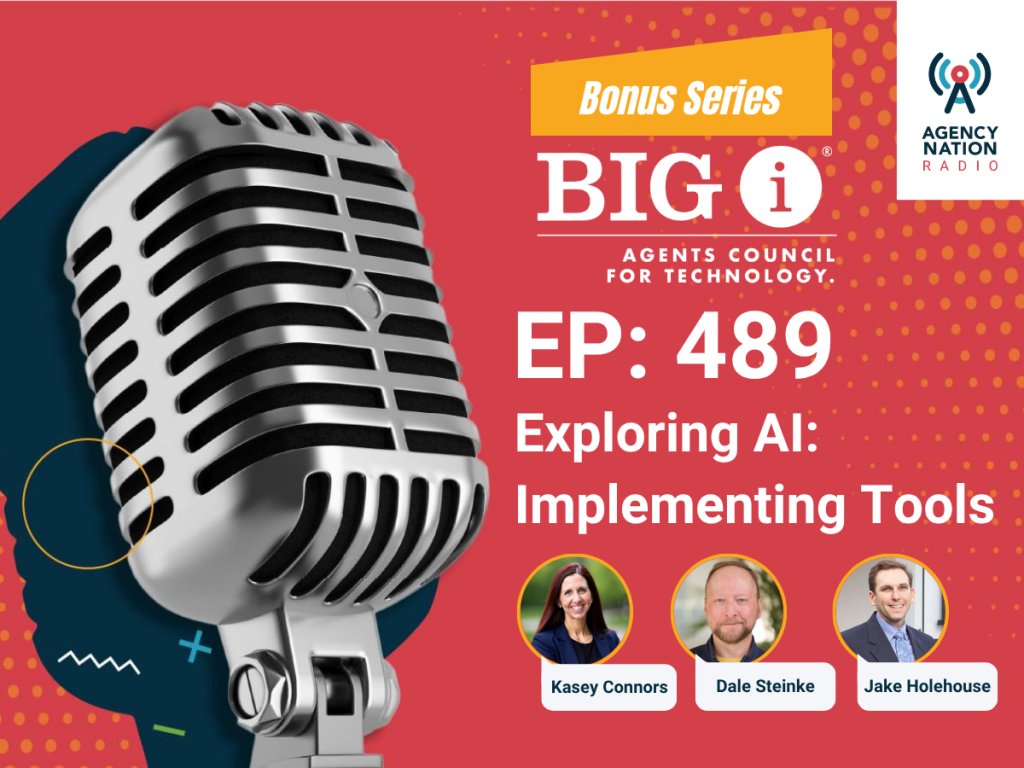Using Vertical AI to Elevate Your Commercial Quoting Process

By Elad Tsur
Artificial intelligence (AI) is not just a buzzword; it’s a transformative force that is here to stay. Embracing it is key for independent insurance agencies to propel growth and become more valuable to staff, customers and partners.
Next-generation technology powered by AI enables agencies to gain a competitive edge, deliver better customer experiences, achieve unparalleled efficiency and productivity, and gain intelligent business insights for crucial decision-making. However, many agencies face challenges adopting AI, often because they choose the wrong kind.
The core issue lies in understanding the difference between horizontal AI and vertical AI. Horizontal AI, like ChatGPT, is designed to be a one-size-fits-all solution, but this approach doesn’t work in the nuanced insurance world. It struggles to integrate existing insurance-specific workflows and technology, and can even create security issues for sensitive information.

Use AI Without Losing the Human Touch
In contrast, vertical AI marries the power of AI with deep insurance expertise and insurance-specific data. Because the effectiveness of AI depends on the quality and relevance of the data it’s trained on, models built for insurance must understand the nuance and complexity of insurance-specific information.
AI trained on industry or even company-specific use cases delivers far greater value, seamlessly integrating into workflows by grasping the intricacies of our industry. A great example is commercial lines quoting.
The commercial lines quoting process has, unfortunately, been historically tedious and time-consuming. Filling out paper forms and visiting multiple carrier portals makes it hard for agents to get coverage options to clients quickly, which is crucial in today’s competitive landscape.
Integrating AI makes quoting quick and painless from the start. AI can transform your existing workflows, beginning with enriching commercial risk profiles. By simply using a name and address, AI can draw upon thousands of publicly available sources—like industry websites, social networks, public records and government databases—to build detailed risk profiles or validate and enhance existing accounts.

Bad Data, Big Impact: A Quick Guide for Independent Agents
This dramatically reduces the time you spend researching customer risks and exposures. Once the risk profile is built, AI can provide intelligent carrier recommendations. AI can suggest the best-fitting markets for each risk by leveraging insights gained from analyzing where your agency has had the most success with similar risks in the past.
AI’s enhanced commercial submissions and optimal placement recommendations don’t just help your agency. They help on the carrier side of the quoting processes as well. AI cuts down the complexity and backlog that often prevent submissions from being reviewed by underwriters. This, in turn, minimizes declinations for your agency. Your agency will be able to optimally place business and facilitate seamless routing to underwriters for consolidated review and faster processing, ultimately leading to fewer inappropriate submissions and increased success in binding business.
AI is truly revolutionizing commercial lines quoting, enabling better-informed decisions and higher success rates. However, its potential extends far beyond quoting. AI can be integrated into accounting, policy management and nearly every other insurance workflow to make operations more efficient. Think of vertical AI as a highly specialized expert for your insurance business—built with deep industry knowledge and tailored data—delivering precise, actionable insights instead of overwhelming you with irrelevant information.
Elad Tsur is chief AI officer at Applied Systems.







